Here are 5 key optimizations to improve the efficiency of slitting and rewinding machines by 30%, combined with technical improvements and process management:
1. Upgrade of automation and intelligent control system
• Solution: Introduce PLC+touch screen intelligent control system, integrate automatic tension control (such as PID adjustment), automatic deviation correction and diameter adaptive cutting function.
• Effect: Reduces manual intervention downtime, increases winding speed by more than 20%, and reduces material waste.
• Case: Install a laser diameter gauge to provide real-time feedback on the coil diameter to optimize the acceleration/deceleration curve.
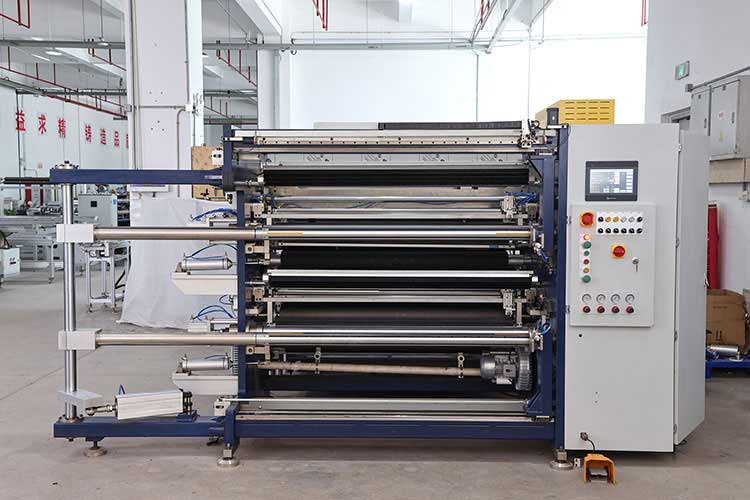
2. Dynamic slitting process optimization
• Scheme: Adopt frequency conversion motor + servo tool holder to realize:
◦ Multi-tool synchronous control: dynamically adjusts tool pitch and pressure based on material properties (e.g., film, paper).
◦ Pre-programmed parameter library: Stores parameters such as tension and speed of different materials to reduce debugging time.
• Effect: 40% reduction in product specification switching time and 15-25% increase in maximum machine speed.
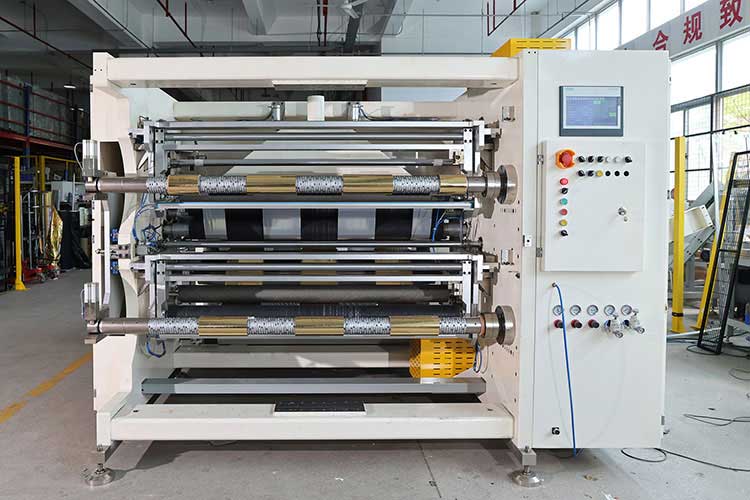
3. Improved performance of core components
• Improvements:
◦ Upgrade high-precision bearings and wear-resistant blades (e.g., tungsten carbide coating) for extended maintenance intervals.
◦ Adopt air expansion shaft + pneumatic chuck, and the reel change time is compressed from 3 minutes to 1 minute.
• Cost-effective: 50% longer component life and 30% less frequent downtime and maintenance.
4. Data-driven preventive maintenance
•Implement:
◦ Vibration sensor and temperature monitoring module are installed to monitor the spindle and tool status in real time.
◦ Predict faults based on historical data (e.g., bearing wear threshold alarms).
• Revenue: 60% reduction in unplanned failures and 8-12% increase in overall equipment effectiveness (OEE).

5. Material flow and layout reconstruction
• Optimization measures:
◦ AGV automatic feeding + robotic arm unwinding is used to reduce manual handling.
◦ Redesign the coil path (e.g., adding guide rollers to reduce bending resistance).
• Measured data: An enterprise has improved the efficiency of the whole line by 18% and reduced labor costs by 25% through layout optimization.
Additional efficiency strategies
• Employee training: Conduct regular standardized operation (SOP) training to reduce human error.
• Energy consumption management: Install a power monitoring system to optimize the motor start-stop strategy to reduce no-load power consumption.
Through the systematic implementation of the above solutions, the efficiency can be improved by more than 30%, while taking into account both quality and cost control. It is recommended to give priority to the digital transformation of equipment (Options 1 and 4), and then gradually promote other measures.
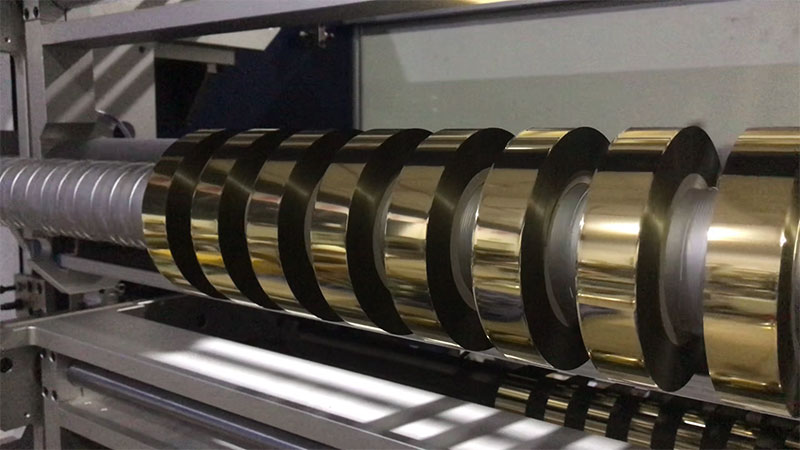
This article will systematically introduce a comprehensive guide from basic operations to advanced techniques to help you become an expert in the field of hot stamping film slitting.
10. January, 2026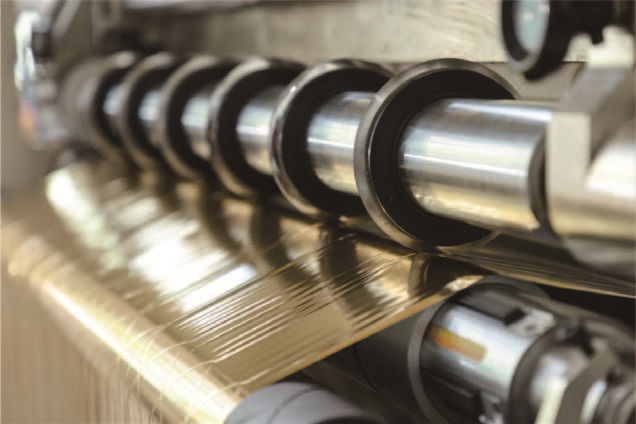
To avoid investment mistakes, the following five key questions must be thought through before buying.
10. January, 2026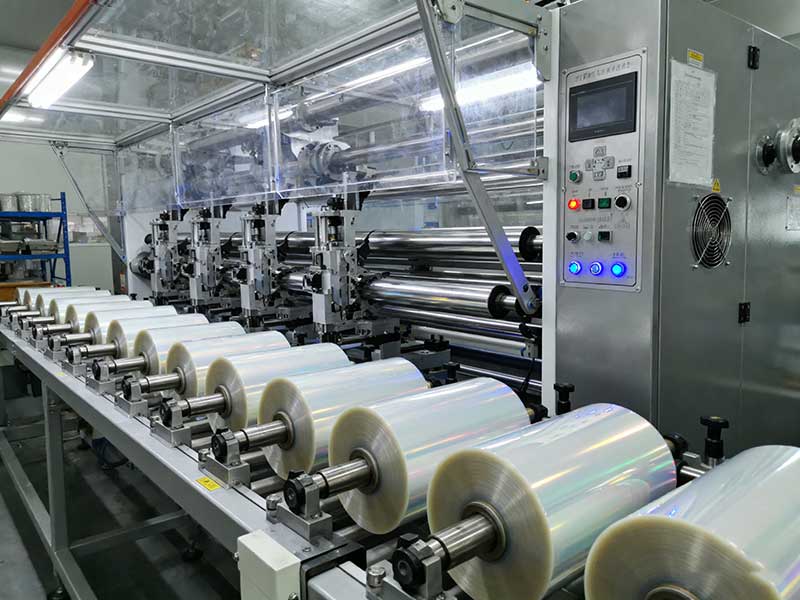
Proper operation and maintenance not only ensure the quality of slitting, but also extend the life of the equipment and ensure safe production.
09. January, 2026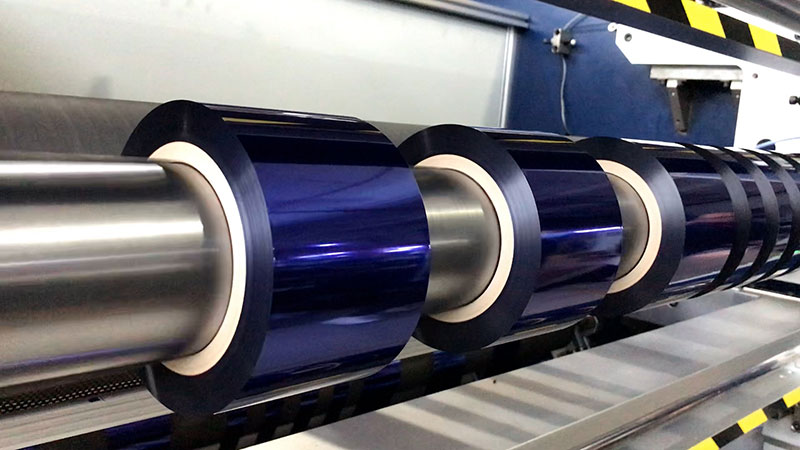
This article will comprehensively analyze the key points of hot stamping film slitting machine selection to help you make an informed decision.
09. January, 2026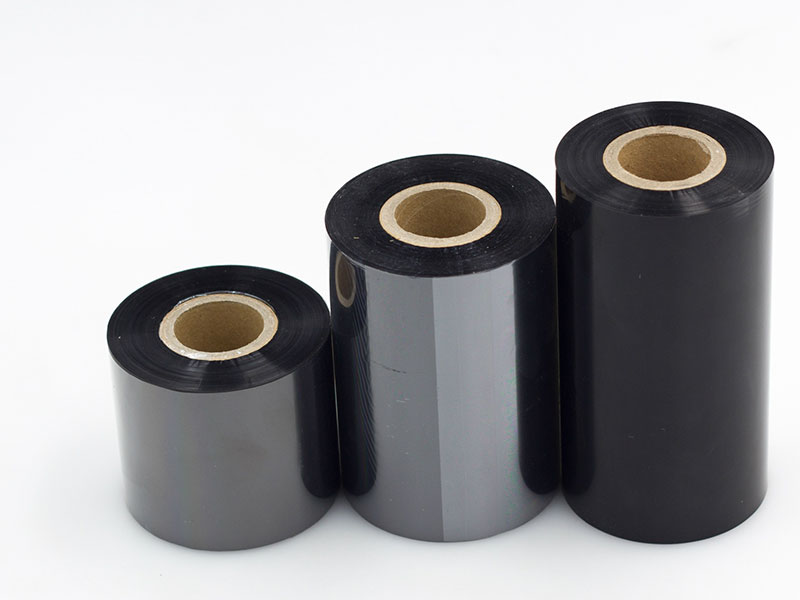
ribbon slitting machines act as skilled tailors, accurately cutting wide ribbons into narrow ribbons of specified widths.
09. January, 2026